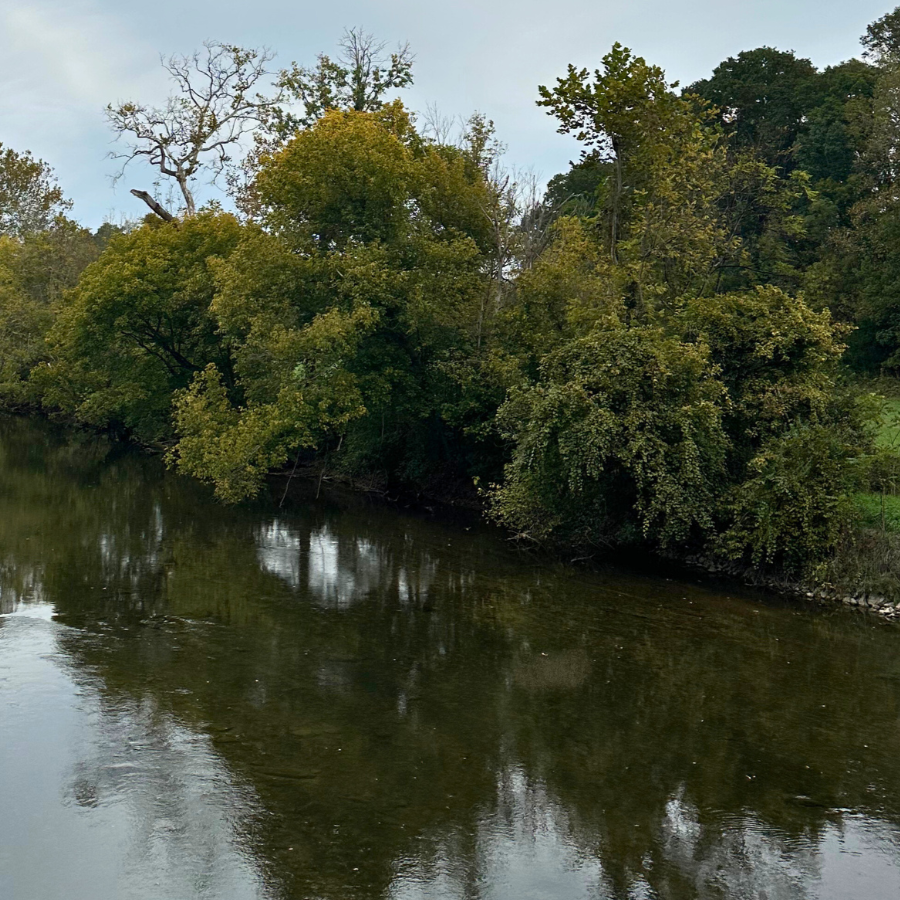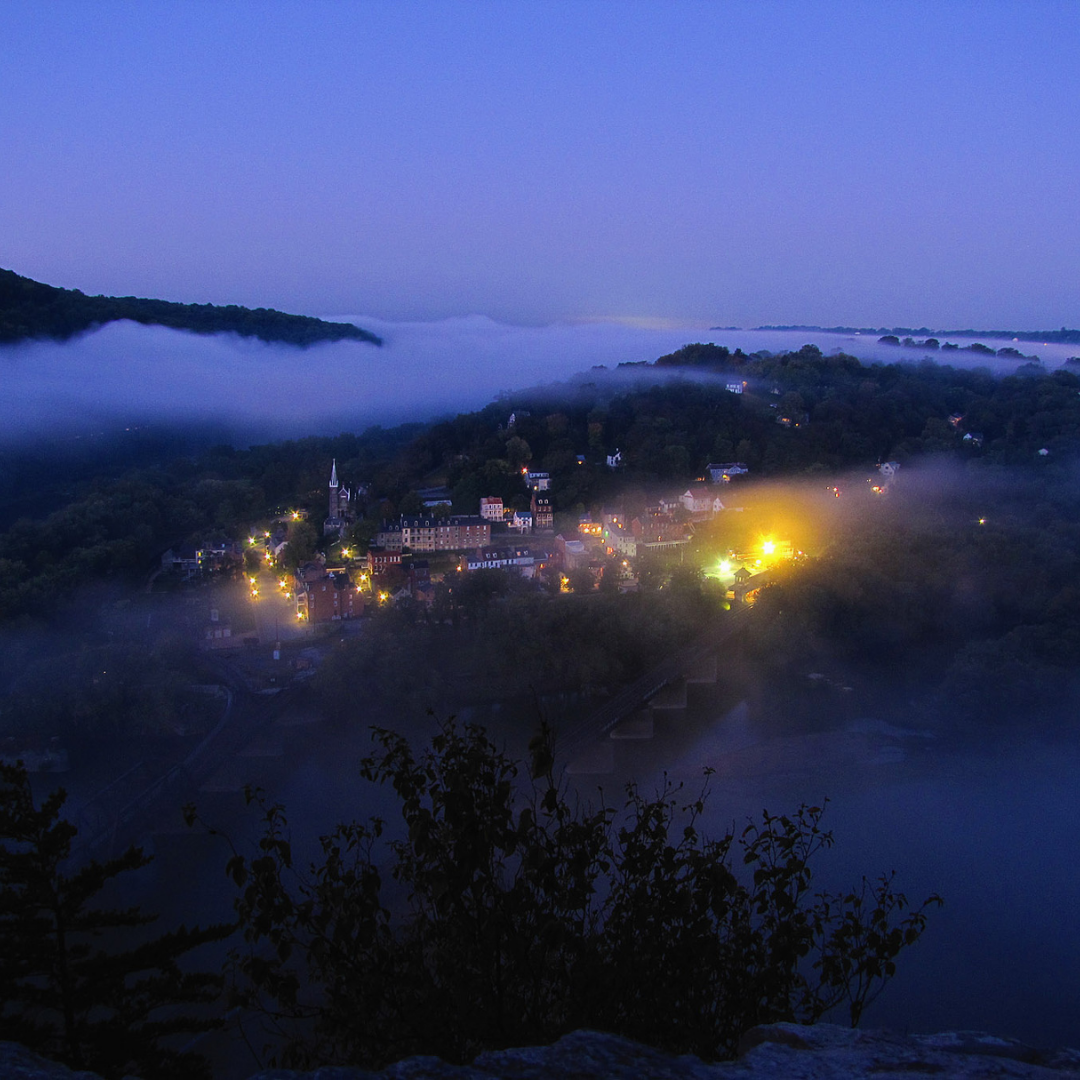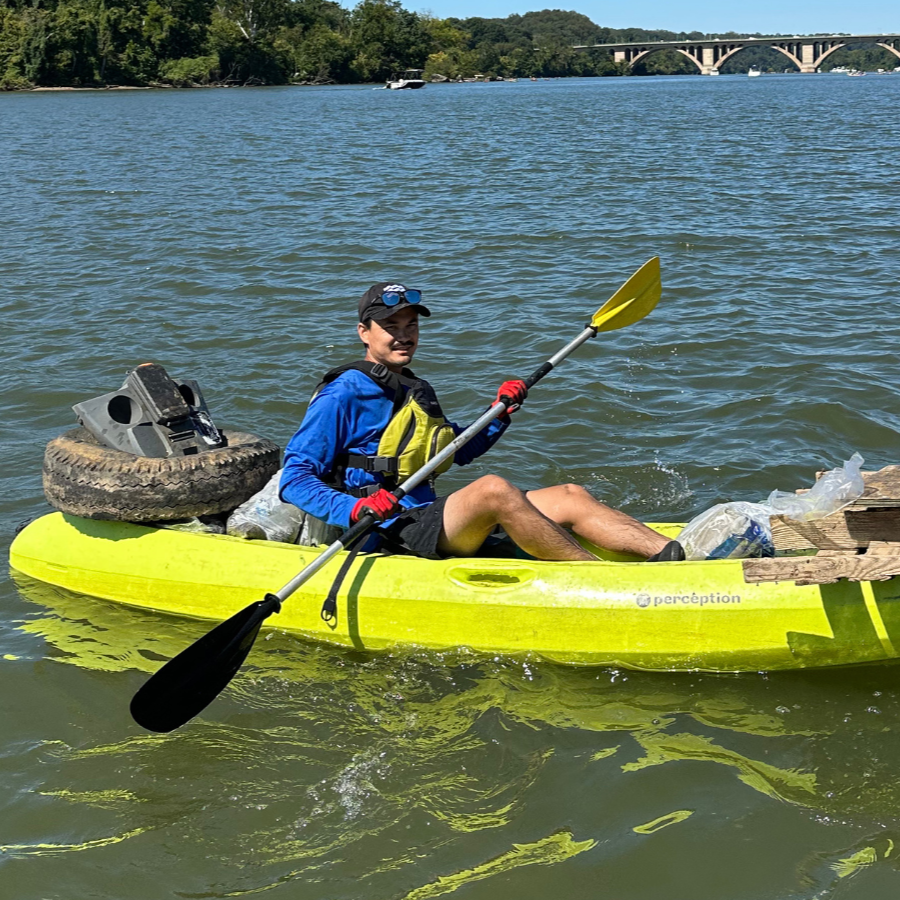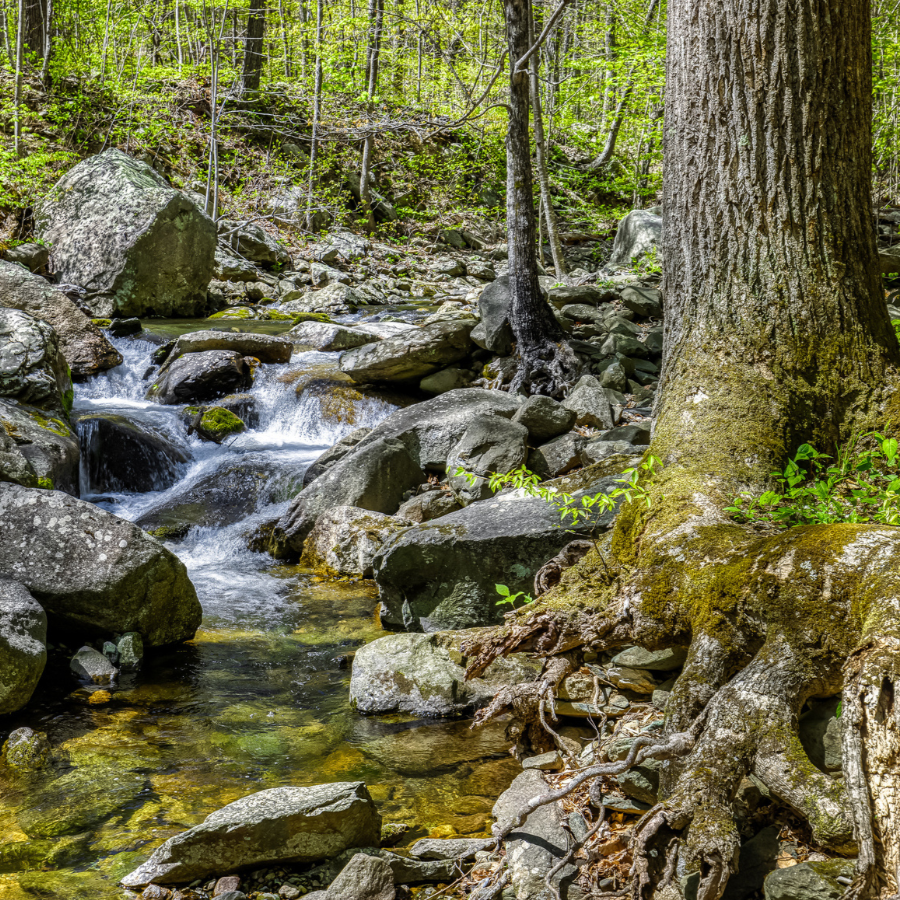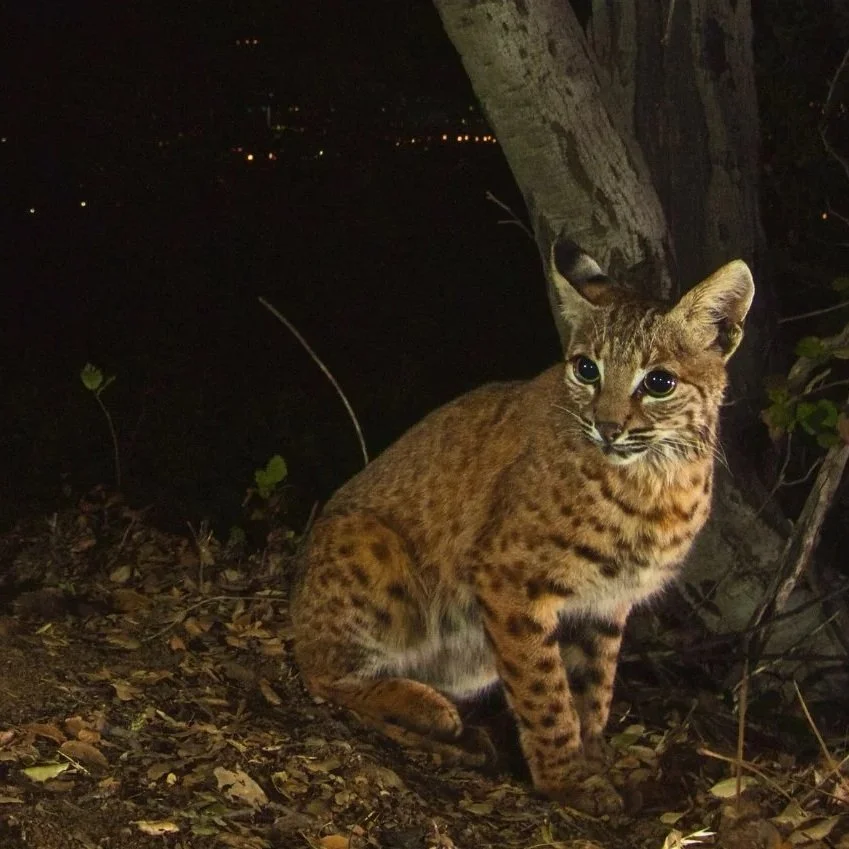With help from local communities, bald eagles are soaring across the Potomac region again
/We spoke with two regional eagle experts to take a closer look at the raptor’s celebrated recovery.
BALD EAGLE NESTING IN DYKE MARSH, VIRGINIA
With their massive wingspans and unmistakable plumage, bald eagle sightings are a highlight for many outdoor adventurers in the Potomac region. If you've ever paused to admire one of these majestic raptors during a hike — or even spotted one perched atop a building! — know that it's the result of local and federal advocacy from environmentalists determined to bring them back from the brink of extinction.
Conservation crash course
Here’s a quick history of bald eagle decline and recovery from Jeff Cooper, Nongame Birds Projects Coordinator and Wildlife Biologist at the Virginia Department of Wildlife Resources (DWR):
After WWII, DDT became a widely-used pesticide. Bald eagles and other raptors were exposed through prey fish, leading to a critical thinning of their eggs’ shells and nonviable nests. A nationwide collapse of eagle populations ensued.
Silver Spring, MD resident Rachel Carson sounded the alarm in her book Silent Spring, igniting a groundswell of citizen activism. After a decade-long battle and fierce opposition from chemical companies, the EPA was launched, and a ban on DDT came into effect in 1972.
The ban, combined with extensive habitat conservation efforts and reduced poaching, paved the way for a remarkable resurgence in bald eagle numbers.
BALD EAGLE WITH ITS CATCH OF THE DAY IN VIRGINIA
Measuring success bird by bird
The recovery of our region’s bald eagle population has been a slow and hard-fought victory. Larry Cartwright, compiler of Dyke Marsh’s breeding bird survey and DC’s Christmas Bird Count, recalls how it took decades to see signs of progress: “In the 1980s, one was hard-pressed to see an eagle. My first sighting was in the 1990s at Mason Neck,” a bald eagle wildlife refuge established in 1969.
It took until 2008 to encounter his first breeding pair, long after the DDT ban.
Jeff Cooper began studying Virginia’s bald eagles in 2001. At that time, only 363 eagle nests were confirmed across the entire Virginia coastal plain. To ensure their continued recovery, the need for population monitoring was clear.
“DWR sponsored extensive aerial surveys... from the 1970s through 2010. During that time, the eagle population increased severalfold on the Potomac,” Jeff recounted.
According to his current data, there are now “at least 1,500 breeding pairs in the coastal plain of Virginia” alone.
Up close and personal with bald eagles
“The Tulane Drive pair fledged two offspring just a week before the nest collapsed as the surrounding branches likely became too weak to support the structure. Now those young eagles were just plain lucky!”
- Excerpt from Larry Cartwright's 2023 breeding bird survey report
Bald eagles mate for life and form closely bonded pairs, often returning to the same nesting site year after year. Biologists and birders who study eagle populations often become familiar with individual birds and pairs through close observation, adding a personal dimension to conservation work.
Larry has tracked several eagle couples who nest at Dyke Marsh for years, observing his first breeding pair in 2008. Another pair united in 2018 and welcomed their first egg the following year, albeit with some difficulty: “At first, they didn’t seem to know what to do... Eventually they got it right and everything is a success story from there.” They’ve gone on to fledge between one and three eaglets every year since.
Where one conservation story resolves, another begins
As the Potomac’s eagle populations soar, other important—and too often overlooked—native birds may be facing struggles of their own.
At Dyke Marsh, declines have been observed in "breeding populations of northern parulas, Acadian flycatchers, yellow warblers, Baltimore orioles” and other birds, Larry observed.
Potomac locals captivated by bald eagles may find in them a gateway to deeper appreciation of all our native wildlife — and perhaps even a new feathered friend worth fighting for. “Aren’t the medium-sized and little guys important, too?”
Train your eagle eye like the pros!
Ready to get out there and spot some raptors? Jeff advises that you’re most likely to find higher bird counts and greater activity in the winter and summer. Plan your birding trip in January-February or June-July to coincide with seasonal migration patterns (and don’t forget your binoculars!).
BREEDING POPULATIONS OF NATIVE BIRDS LIKE NORTHERN PARULAS ARE DECLINING IN THE POTOMAC REGION
5 spots to look out for eagles along the Potomac River, according to the experts:
Mason Neck State Park - Lorton, Virginia
Leesylvania State Park - Woodbridge, VA
Featherstone National Wildlife Refuge - Woodbridge, VA
Occoquan Bay National Wildlife Refuge - Woodbridge, VA
Dyke Marsh Wildlife Reserve - Alexandria, VA
These days, you don’t even have to leave the comfort of your home to admire these beloved birds of prey. The National Conservation Training Center’s Eagle Cam offers relaxing views of nesting eagles (and, if you’re lucky, their fledglings)!
Having studied their growth for decades, Jeff Cooper has seen first-hand how our region provides ideal conditions for bald eagles to thrive. “Some of the highest nest abundances in North American occur in the tidal fresh and low saline waters of the Potomac, Rappahannock, and James Rivers."
But their continued flourishing depends upon healthy waterways, abundant fish, and robust streamside forests for nesting.
Our work to remove harmful litter from our waters and wild spaces, permanently protecting upstream land, restore riparian buffers, and fight for legislation that prioritizes the health of nature and our communities benefits bald eagles and hundreds of other bird species that call the Potomac River home.


